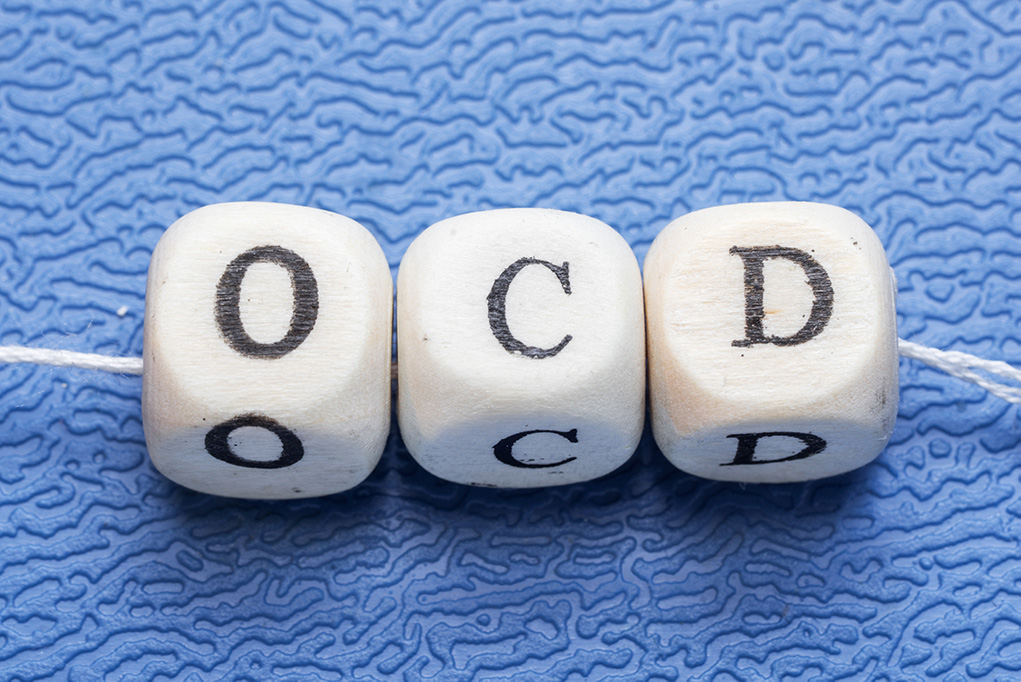Repetitive behaviors and thoughts often occur in children and are typically based on age. Preschool-age children may have preoccupations and routines around meals, bedtimes, and schedules. School-age children often create routines around rules to games, sports, and school. Children of all ages may collect objects, have repetitive interests or hobbies. These thoughts and behaviors are developmentally normal and can often help children manage stress. So, how can you tell if your child is experiencing normal childhood behavior or Obsessive-Compulsive Disorder (OCD)?
OCD is a psychological condition that impacts between 1 and 3% of children. The average age of onset is 10 years old, however children as young as six can be diagnosed. These children have unwanted thoughts, feelings, and fears that are called obsessions. Obsessions cause anxiety and to alleviate this distress, children engage in external or internal behaviors called rituals.
Obsessions are intrusive and unwanted thoughts, images, or urges that happen repeatedly and feel outside of the child’s control. They are typically unpleasant and cause a lot of distress. Some common obsessions include:
- Fears about something bad happening to self or others
- Worries about germs, getting sick, or dying
- A feeling that things have to be “just right”
- Unwanted images or thoughts about hurting others
Compulsions, also called rituals, are behaviors that children will do to extinguish the feeling of distress caused by obsessions. They feel that they have to do these behaviors in order to be sure things are safe, clean, just right, etc. Some common compulsions include:
- Checking and rechecking things many times, such as locking a door
- Repeated hand washing
- Tapping, counting, recounting
- Prayer, asking the same questions again and again seeking reassurance
One distinguishing factor between developmentally normal routines and OCD is that children with OCD often experience significant distress when faced with obsessions and compulsions. OCD obsessions are intrusive and unwanted while compulsions are thought to be out of their control. When these children are faced with the inability to engage in a compulsion, they often become very anxious. In most cases of OCD, obsessive and compulsive activities take up to an hour or more of time a day and they are viewed to be severe and disruptive.
The gold standard treatment for OCD is a type of Cognitive Behavioral Therapy (CBT) called Exposure and Response Treatment (ERP). ERP works by helping children face the things that trigger their anxiety in a structured fashion in a safe environment. This treatment works to uncouple obsessions and their associated compulsions and helps children get back in control. If you are concerned that your child’s repetitive thoughts and behaviors fall outside of typical development, a clinical psychologist can determine the diagnosis and develop a treatment plan.

